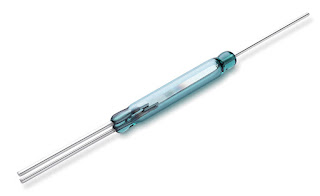2-WHEELER AND 4-WHEELER USB CHARGER

Universal Serial Bus (USB) is an industry standard that establishes specifications for cables and connectors and protocols for connection, communication, and power supply (interfacing) between computers, peripherals and other computers. With the advancement of technology and increasing use of mobile phones, automotive industry has evolved and made available the charging ports in 2 wheelers as well as 4 wheelers with USB chargers. Based on physical design of the plugs and ports there are various types of USB cables are: USB-A, USB-B, Mini-USB, Micro-USB, USB-C, USB-3 to name a few. The 2 major ones commonly used in the 2-wheeler & 4-wheeler USB charger are USB-A & USB-C. USB Type A- USB Type A connectors are extremely common and can be found on one end of almost every USB cable. USB Type C-This is the latest USB port that is found on the newer smartphones and other mobile devices and offers faster data transfer rates than previous USB versions. The bigges...





